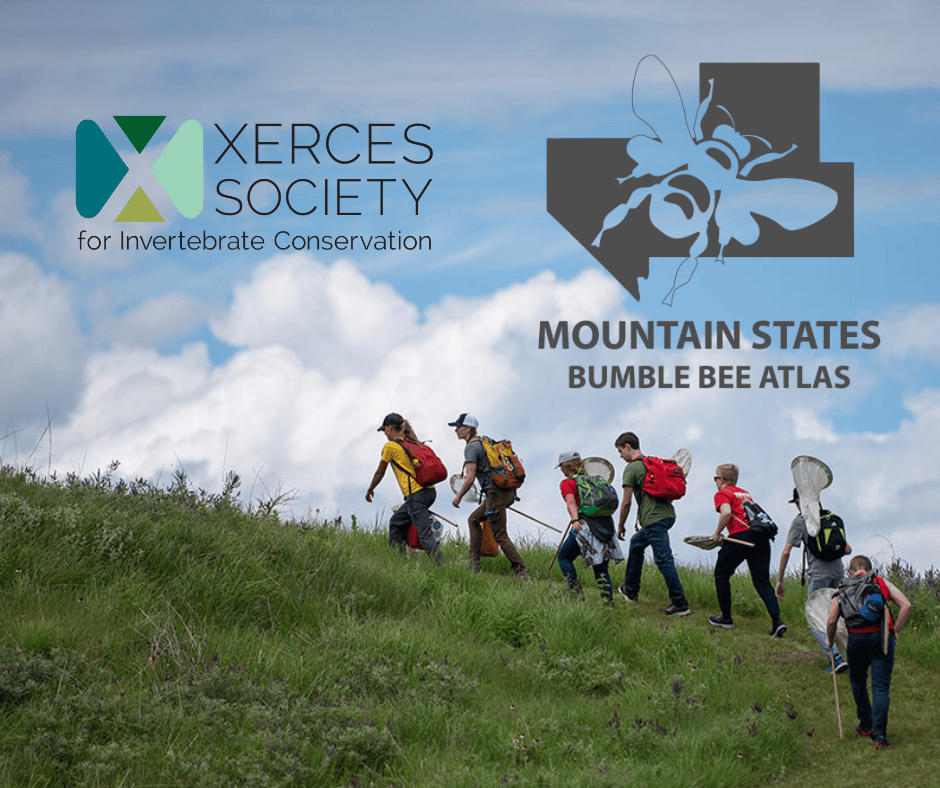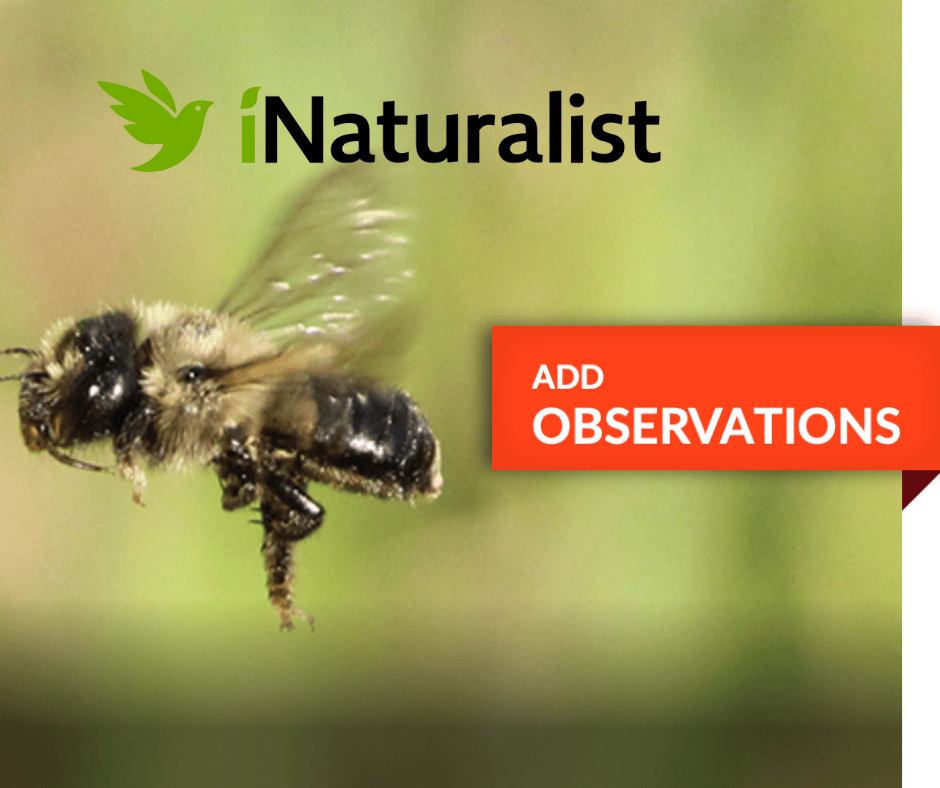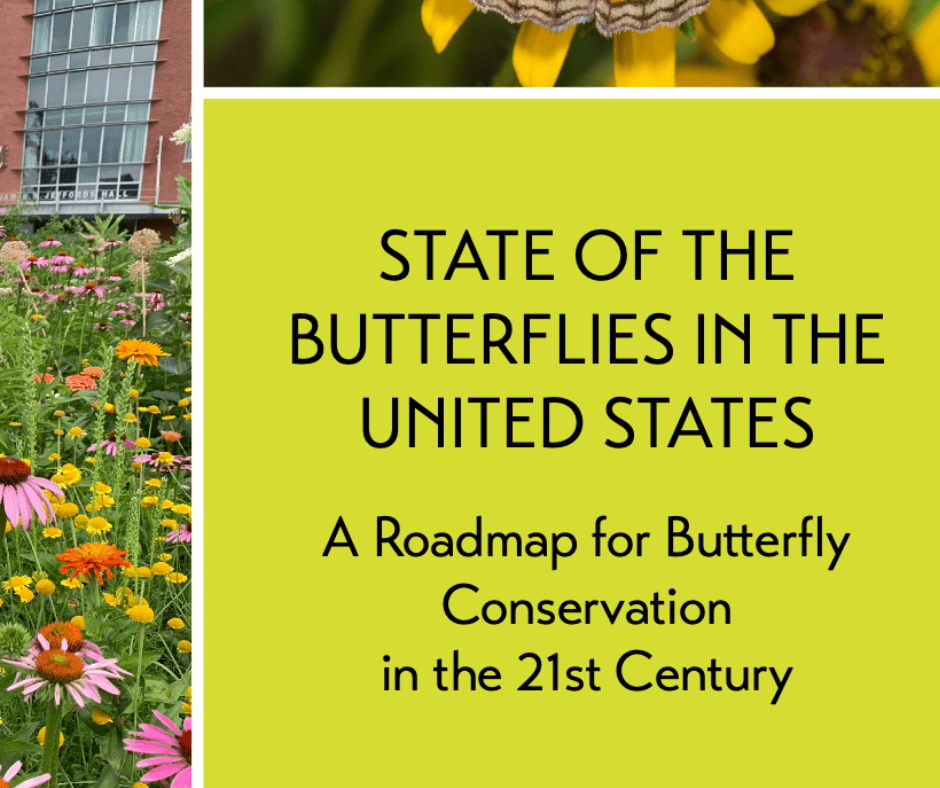
Get Involved
The collaborative efforts of CPN members has been a powerful force for Colorado's pollinators. The 2023 Colorado Native Pollinating Insects Health Study and 2024 Rare Plants & Invertebrates Bill granting Colorado Parks and Wildlife authority to study and manage native pollinators have put conservation efforts on a promising trajectory.
It’s going to take many more people getting involved in pollinator recovery and habitat restoration to truly protect our state’s biodiversity. Here we share a growing list of ways for you to engage at on your own and in community.
Community Science Projects That Need You!
-

Xerces Bumble Bee Atlas Is Now In Colorado!
Help gather the necessary data to effectively track and conserve bumble bees. Anyone is welcome to participate and help contribute to a better understanding of bumble bee needs. All observations are non-lethal to the bees and training is provided.
-

Join the Colorado Butterfly Monitoring Network
CBMN is a long-term community science project led by Butterfly Pavilion that harnesses the power of volunteers to observe and record butterflies in open spaces and parks multiple times per season, gathering essential data that land managers use when making conservation decisions. No experience necessary!
-

Big Bee Bonanza Database
Want to support pollinator research? Join this CU Boulder Museum of Natural History-based community science project to support bee research! Help transcribe bee specimen labels into an online database so they can be accessed by researchers around the world! A laptop or tablet with Internet access is essential, no experience required. Sign up to learn about upcoming, in-person events at and around CU Boulder! Volunteers will receive a an official certificate of thanks for their time.
-

CPN Big Day of Bugs iNaturalist Project
As part of Colorado Pollinator Month, CPN hosts the Big Day of Bugs at the Denver Botanic Gardens each June, and encourages all Coloradans to collect observations of pollinators and the plants that they visit within Colorado, USA through the entire month of June. If you have photos from June, you can upload them anytime, just mark the date of the observation during June.
If you'd like to help contribute observations, you can upload your pollinating insect photos. Moreover, you can link your pollinator observation to the plant that they visit by including an 'Associated Species' in the additional observational field!
Having these associations can help us document and track pollinators and the plants that they depend on across our state!
-

Colorado Natural Heritage Program Statewide Survey
CNHP seeks community scientists to help collect plant, animal, insect, wetland, and other habitat data as part of our Statewide Natural Heritage Survey. Your efforts will greatly enhance our understanding of Colorado's biodiversity by identifying key species, assessing habitat conditions, and exploring under-surveyed regions.
-

Community Science Opportunities at Audubon
Bird health & pollinator health are inextricably linked. Audubon's Community Science programs such as the Christmas Bird Count (CBC), Climate Watch, and The Great Backyard Bird Count are wonderful ways to contribute to ecological research and resilience that benefits pollinators (and the birds who love to eat them!)
-

Submit Your Hummingbird Sightings Through eBird.org
This popular birding app created by the Cornell Lab of Ornithology helps to track local populations and bird migration patterns across the United States. Submitting photographs or even just recording sightings of Colorado hummingbirds can be a really wonderful way to contribute to community science. You can create an account online at www.ebird.org or download the app directly to your phone.
Resources & Reports on Pollinator Conservation
-

Explore the Colorado Native Pollinating Insects Health Study
People & Pollinators Action Network breaks down key findings, insect profiles, and more from the Department of Natural Resources study.
-

Landscape for Life™ Courses
With a new online format, the Landscape for Life™ curriculum has been updated and refreshed through a rigorous review process in partnership with CSU. All content remains grounded in the principles of the national Sustainable Sites Initiative and is designed with home gardeners, landscaping companies, clients of landscaping companies, municipal staff, and HOA boards. These foundational courses walk you through the “why” of sustainable landscaping and provide hands-on activities to bring theory into practice to answer the “how."
-

Xerces 2025 State Of The Butterflies In The United States
Published in March 2025 this study shows that we are losing butterflies at a rate of 1.3% per year in the contiguous US: more than one-fifth of our butterflies disappeared between 2000 and 2020. Perhaps more alarming, over 40% of assessed species fell in numbers by 50% or more—and two dozen species suffered more than 90% losses.
State of the Butterflies in the United States presents a summary of those findings, species-level information on population trends for each of seven regions, and most importantly, a roadmap for how we can recover butterflies in the places we live, work, and play.

Get Involved With CPN’s Steering Committee Organizations & Pollinator Protection Programs
Audubon Rockies | Butterfly Pavilion | City of Boulder’s Climate Initiatives Department + Cool Boulder Initiative | Colorado Parks & Wildlife | CSU Extension | CU Museum of Natural History | Denver Botanic Gardens | People & Pollinators Action Network | Xerces Society for Invertebrate Conservation
Get Involved With CPN
-
Attend our Annual Summit
-
Connect directly with CPN members via our Google Group
-
Explore the Summit Archives
-
Join Our Email List To Hear About Quarterly Meetings









